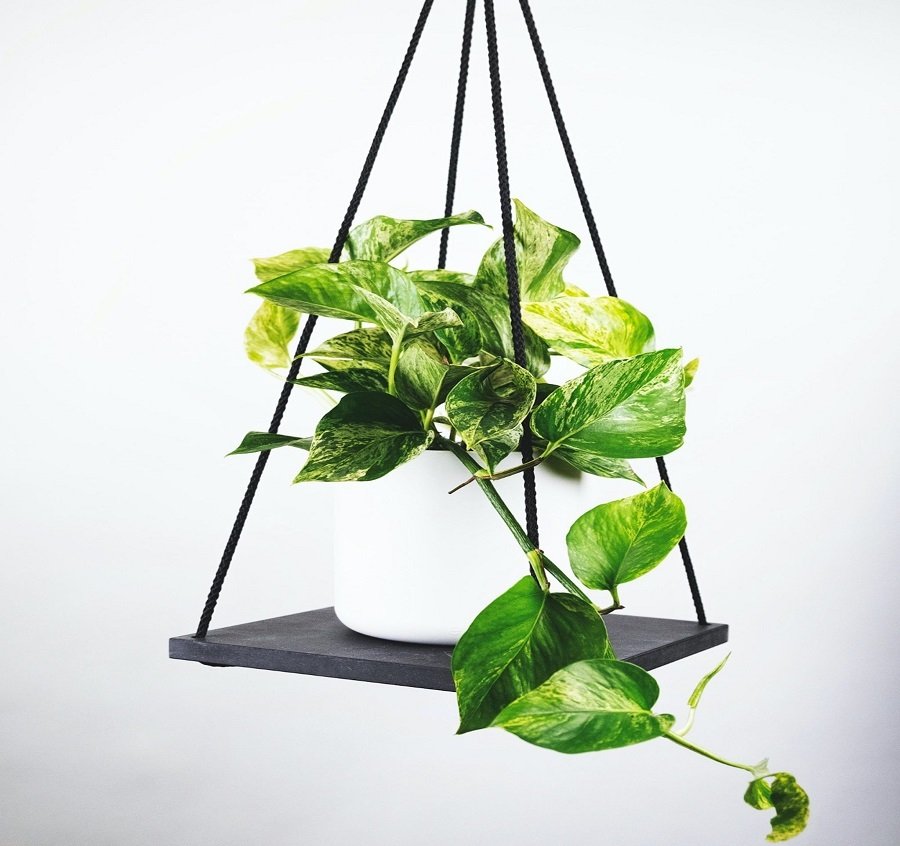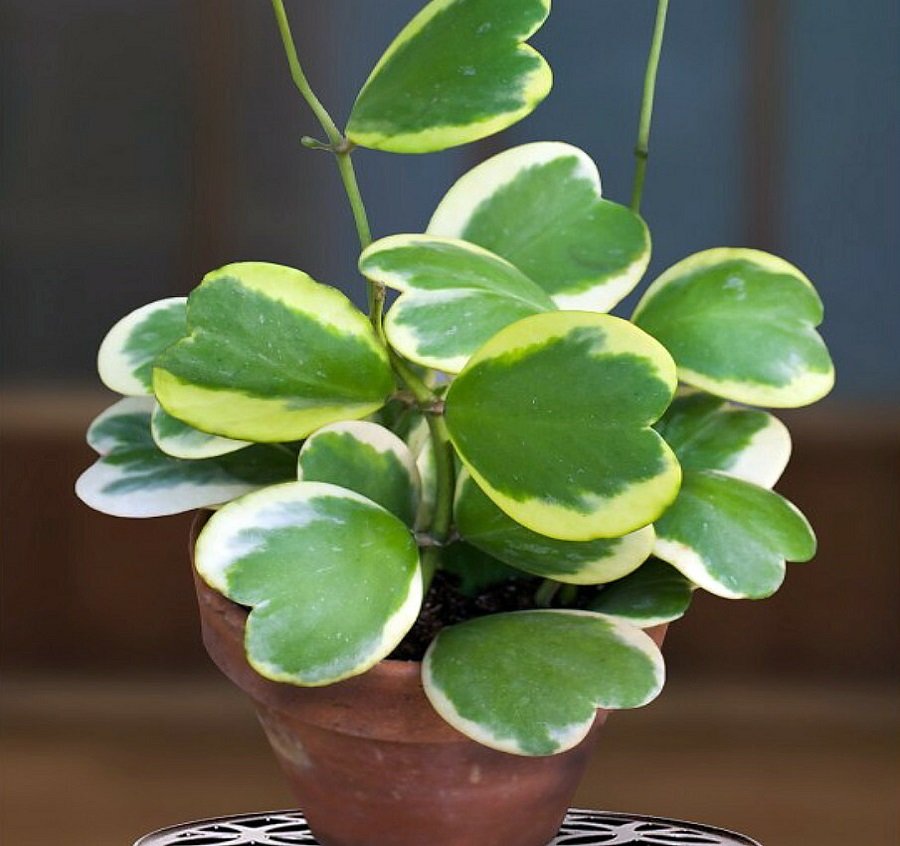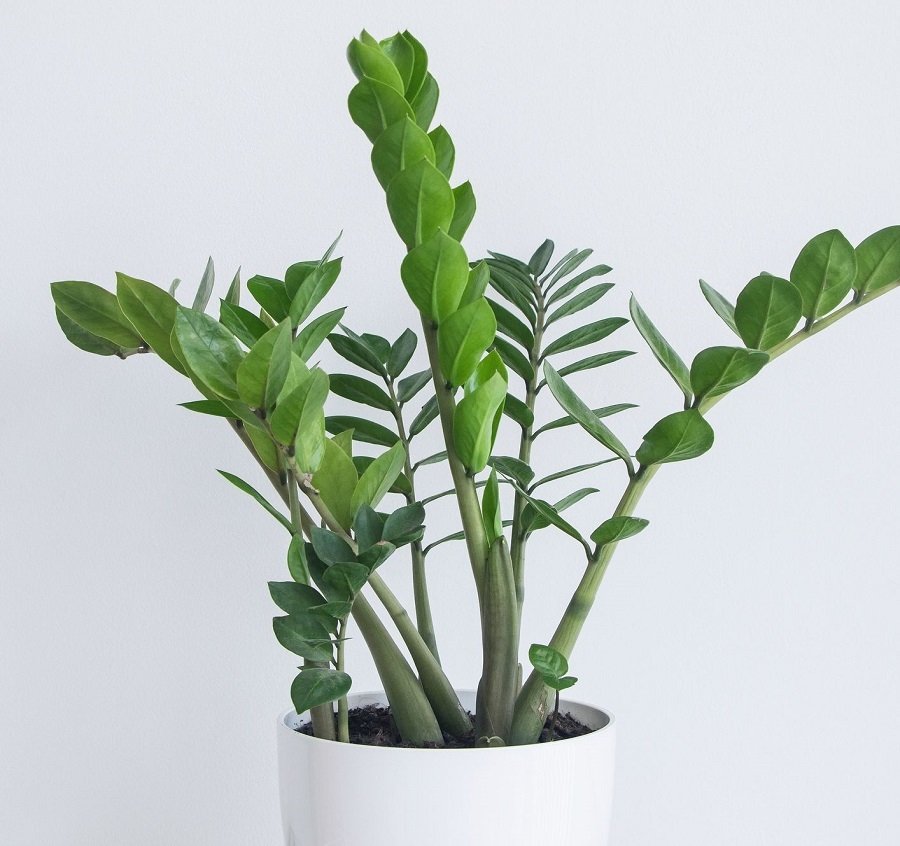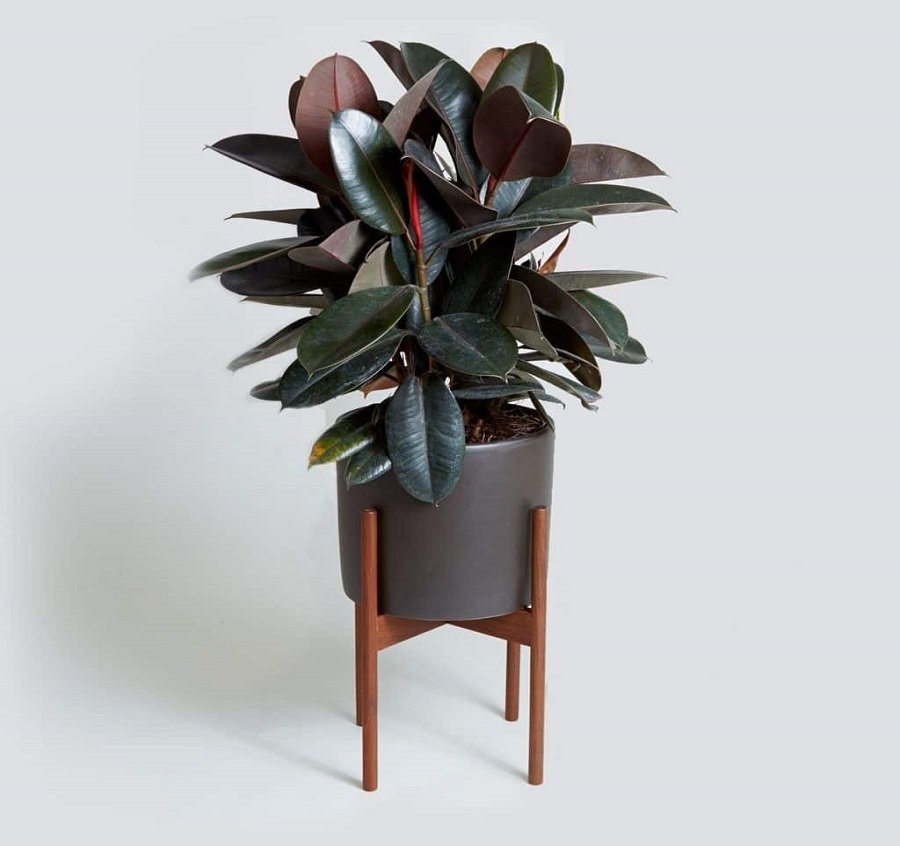5 Best Indoor Plants To Bring Life To Your Home’s Interior

Keeping indoor plants alive has recently been popular, especially during the COVID-19 lockdowns. Gardening has become a popular pastime for those who remained confined to their homes due to strict protocols. And, Filipinos’ interest in growing plants inside their homes has dramatically risen in recent years.
There’s more to houseplants than just being a pretty decoration. They’re good for your health, too. Seeing greenery and nature makes us feel more relaxed and tranquil. This, of course, creates a positive effect on your everyday mood as a result of these plants. In addition to being beautiful, indoor plants can improve your quality of life.
So, here are five indoor plants to bring life to your home’s interior
GOLDEN POTHOS PLANTS
When it comes to houseplants, pothos is one of the easiest to care for, even if you don’t remember to water your plants regularly. Green leaves with heart-shaped points and white, yellow, or pale green striations adorn this trailing vine, which is native to the Solomon Islands in the South Pacific.

Hanging pothos plants from the ceiling or placing them on a shelf is the best way to keep them in check. Low-maintenance, but highly rewarding to watch develop. It’s best to place them near a window, where they may get enough indirect light.
It goes by a variety of names, the most notable of which is “Devil’s Ivy.” It is given this name because this plant is nearly impossible to kill; even when placed in darker areas with little sunlight, it remains green.
SNAKE PLANT
Also known as Sansevieria, a common houseplant native to Asia and Africa can reach a height of six inches or more. In terms of leaf color and size, snake plants come in a wide range of forms and sizes. The robust and resilient leaves set this plant apart from others.

First-time gardeners and those who like to grow plants in their own homes will find snake plants to be an ideal choice. The tall, thick leaves are incredibly purifying and easy to maintain. Since it doesn’t require a lot of light or water, it can be left alone for extended periods of time.
HOYA KERRII PLANT
Hoya Kerrii is a tropical succulent vine that can grow a bit long. Because the leaf is shaped like a heart, it is a unique option for a Valentine’s Day present that anyone could appreciate. Indirect light and water are all it needs to thrive. Because they do well in most indoor settings, they require very little maintenance.

Bright sunlight and loose, well-draining soil are the best conditions for sweetheart plants to thrive. Maintain a temperature of 65 to 80 degrees Fahrenheit (18 and 27 degrees Celsius) and moderate humidity levels for these succulent heart plants. Fertilize up to four times a year during the growing season.
ZZ PLANT
Known as the ZZ plant, the Zamioculcas Zamiifolia, or ZZ plant, this has become a sought-after houseplant in recent years. Although ZZ plants are commonly referred to as flowering plants, very few of them actually produce flowers.

The plant was spotted in Africa, specifically in Kenya and other southern regions of South Africa. The Welcome Plant is another name for it. This plant has upward-growing glossy dark green leaves. It’s easy to take care of and does well in dimly lit areas. The plant removes oxygen and other pollutants from the air despite not getting much sunlight or water.
LARGE RUBBER TREE
Rubber plants, which are native to Southeast Asia, have an unusual appearance. It can become a big tree with multiple aerial roots if left in the wild. In contrast to many other indoor plants that are bright green and lush, rubber trees have a unique and elegant appearance.

It takes up very little room because it is a climber rubber plant. It does, however, demand a certain amount of clearance above the ground. Rubber plants are associated with abundance, happiness, and wealth. It should be watered every one to two weeks; the more soil there is, the less frequently it should be watered.






